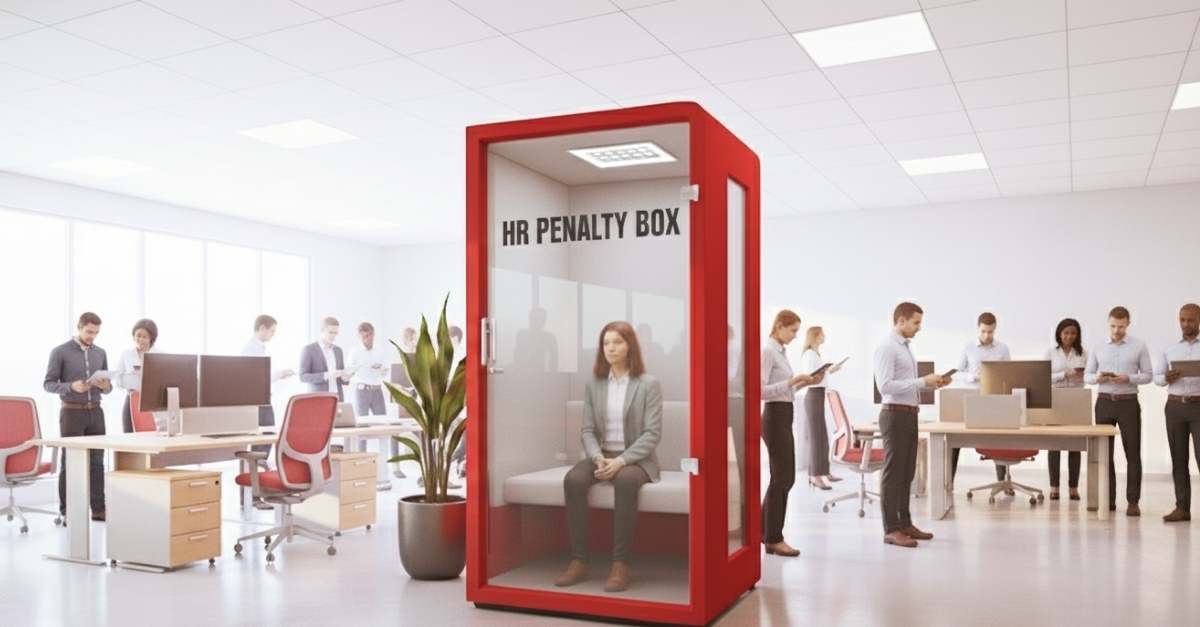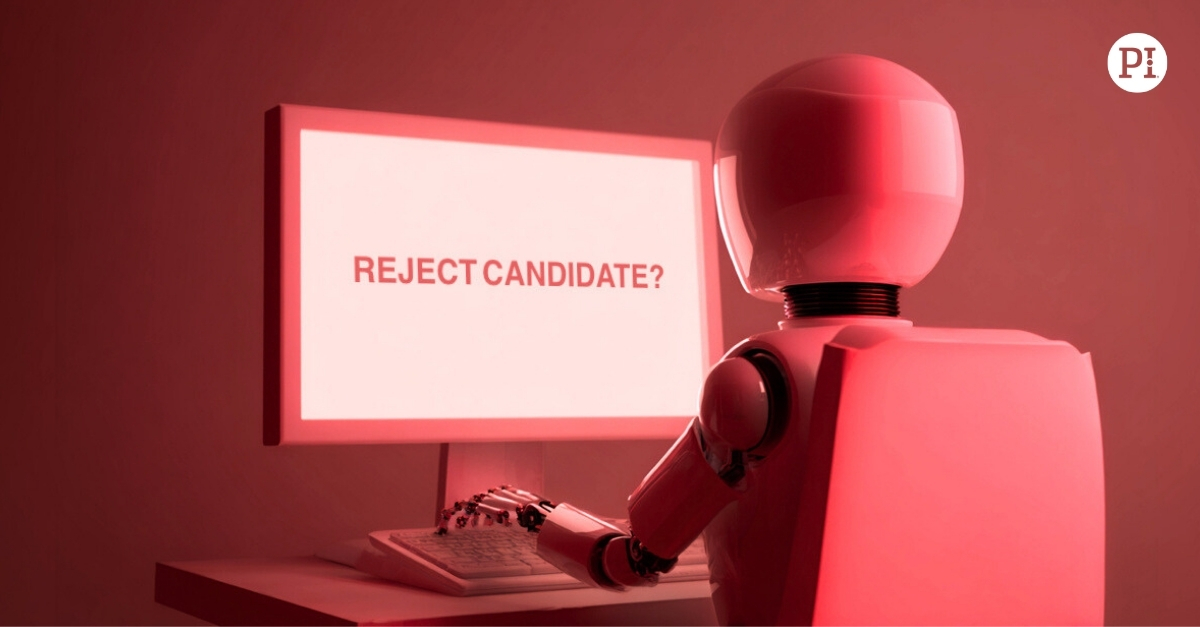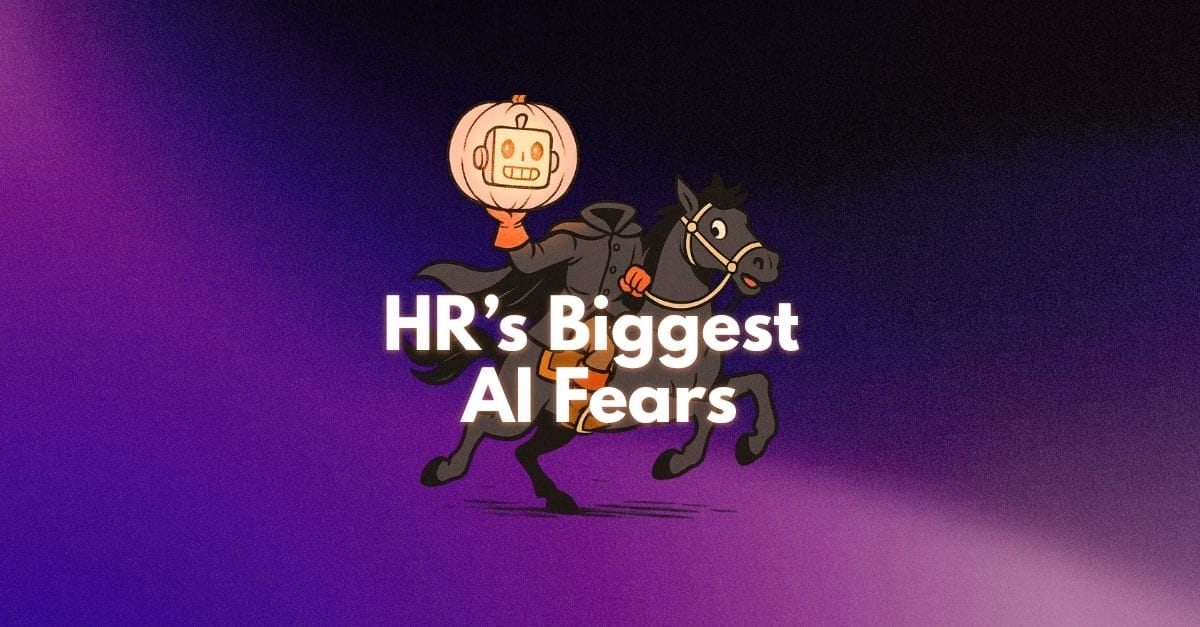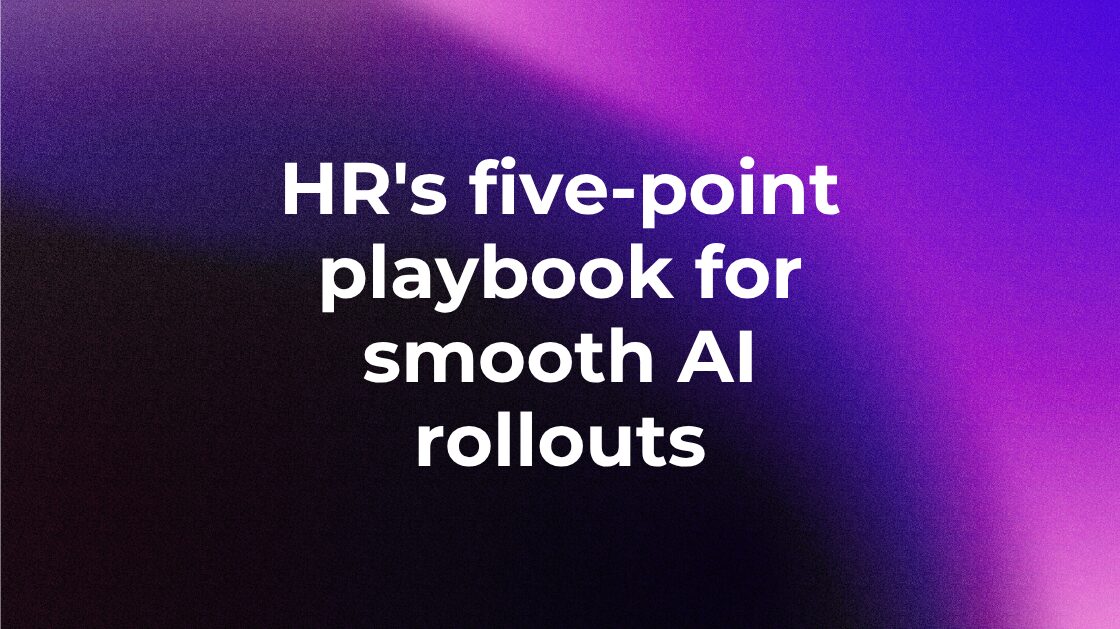These reigning champs of the personality testing space are a lot more different than you may think.
The Predictive Index® (PI) and DiSC are popular solutions in the talent assessment and personality testing space. People often ask: What’s the difference between the two?
Here’s everything you need to know if you’re trying to decide which solution to adopt in your organization.
For a features comparison, see our DiSC vs The Predictive Index page.
Both the DiSC assessment, or Personality Profile, and the PI Behavioral Assessment™ are based on the work of William Marston, who wrote a book in 1928 called “The Emotions of Normal People.” In this book, Marston theorized that the behavioral expression of emotions could be categorized into four types: Dominance, Inducement, Submission, and Compliance.
In the 1950s, Walter Clark and Arnold Daniels, founder of The Predictive Index, each created instruments designed to measure people on these four dimensions. Clark’s work started with the Activity Vector Analysis (AVA). Then, 10 years later, he created the Self-Description—a forced-choice assessment similar to more modern versions of the DiSC assessment.
Daniels developed the PI Behavioral Assessment in 1952—a free-choice adjective checklist designed specifically for improving employee selection decisions.
Over the next 60 years, the PI Behavioral Assessment was continuously researched, evolved, and refined by the same company that has owned it since its inception–The Predictive Index. The DiSC, on the other hand, has been cloned and commercialized by various companies—including Wiley Publishing (Everything DiSC®), Thomas International (Personal Profile Analysis), and many others. In fact, there are so many versions, that for the purposes of this comparison, we’ll stay focused on the most popular version–Everything DiSC—which is distributed by Wiley Publishing.
Scientific validity of the DiSC assessment versus the PI Behavioral Assessment
Personality Assessment
The DiSC Personality Profile is a scientifically-valid assessment primarily used for helping people better communicate and manage others. While the most sought after use-case for behavioral assessments by businesses is for selection and hiring of talent, the DiSC is not validated for hiring. In fact, DiSC Profile, a DiSC distributor, notes that “DiSC is not recommended for pre-employment screening.” This is a very important distinction as the use of any assessment for a purpose other than its approved intent may subject an employer to undue legal risk.
The PI Behavioral Assessment goes further than DiSC through its design and validation beyond post-hire development in the areas of pre-employment screening and selection. Simply put, the PI Behavioral Assessment is scientifically validated for use across the entire employee lifecycle–from hire to retire.
A DiSC Personality Profile is delivered via a forced-choice rating-scale (Strongly Disagree to Strongly Agree) format with about 80 questions and takes about 20 minutes to complete. The PI Behavioral Assessment is delivered as a free-choice, stimulus-response format that’s only two questions in length and takes an average of six minutes to complete. Both assessments are untimed.
 Job Assessment
Job Assessment
DiSC does not provide a job assessment product that allows users to determine the behavioral qualities of an ideal candidate. The Predictive Index does. This Job Assessment allows multiple stakeholders within an organization to contribute to defining the ideal behavioral pattern necessary to thrive in a given role—considering the most common tasks performed in that role and the team and workplace culture. Job Pattern, which is the output of the Job Assessment, can be used to match up against the PI behavioral patterns of candidates and employees. Like the PI Behavioral Assessment, the Job Assessment is delivered in an untimed, free-choice format.
Cognitive Ability Assessment
DiSC does not measure cognitive ability. The PI Cognitive Assessment does. It provides a measurement of ‘g’ or general cognitive ability which helps determine the rate at which an employee can learn. If your organization or industry is rapidly changing, cognitive ability will play a critical role in determining how successful an individual will be in a given position.
The PI Cognitive Assessment is delivered in a timed, multiple-choice, forced-choice format. Assessment takers are given 12 minutes to complete numerical, verbal, and abstract reasoning questions of varying difficulty. The result is a score that’s calculated by counting how many correct responses are selected within the 12-minute period.
 Job Assessment
Job Assessment








